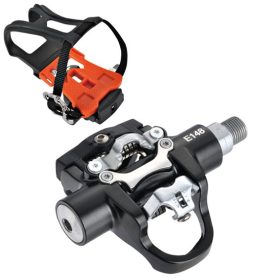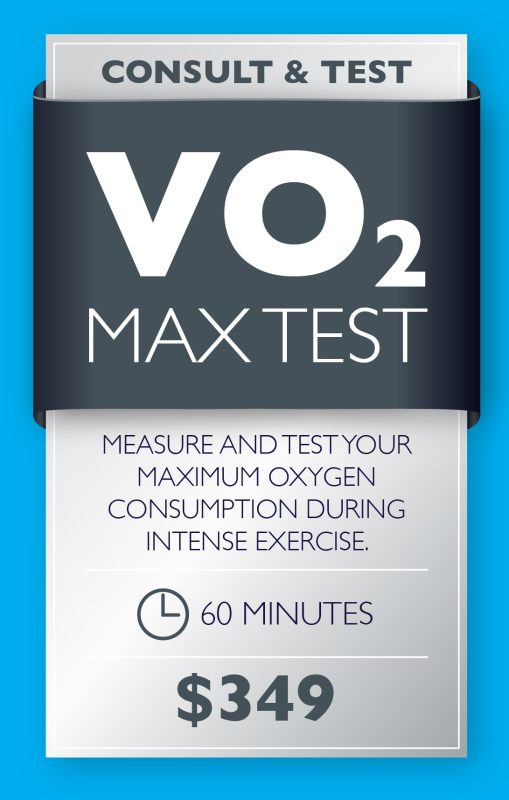
What is being tested and measured?
A VO2 max test measures and tests an individual’s maximum oxygen consumption during intense exercise. It assesses aerobic capacity, cardiovascular fitness, and the body’s ability to utilise oxygen efficiently. Heart rate, breathing patterns, and gas exchange are analysed to determine overall fitness level and establish personalised training zones.
Who should do a VO2 max test?
VO2 max tests are suitable for athletes, fitness enthusiasts, and individuals seeking to assess cardiovascular fitness and tailor training programs.
Individuals with certain health conditions or circumstances should avoid undertaking a VO2 max test. These may include those with:
- Unstable angina or recent heart attack
- Severe heart arrhythmias
- Severe hypertension
- Severe aortic stenosis
- Severe lung diseases
- Recent surgery or illness
- High risk of cardiac events
- Pregnancy complications
- Acute respiratory infections
- Orthopaedic issues limiting exercise.
Pregnant women, individuals with recent surgeries, or those with a history of exercise-induced asthma should also consult with a healthcare professional before considering a VO2 max test.
How long does the test take?
The test appointment will take 60minutes and will include
- Pre-test assessment and set up with mask, heart rate monitor, and equipment/bike seat adjustment (approx. 10 mins)
- Warm-up (5-10 mins)
- VO2 max test (10-12 mins)
- Cool Down (5-10 mins)
- Assessment and report review with the Exercise Physiologist (10 mins)
What should I bring to the test?
- Water
- Towel
- Shorts and T-shirt or training attire
Results
A full report will be produced and emailed within 24 hours explaining your:
- VO2 max
- New VO2 max goal
- Anaerobic threshold
- Recommended heart rate training zones
How to prepare for the test
To prepare for a VO2 max test, it is recommended to:
- avoid intense exercise for 24 hours prior.
- stay hydrated and avoid caffeine and alcohol.
- continue medications as usual (note: beta-blockers will limit heart rate and provide an underestimate of your VO2 max and anaerobic threshold; please call the clinic to discuss if you are using these medications).
- Wear comfortable exercise clothing and footwear.
- We have either a treadmill or a stationary bike available for the test. Some cyclist cleats can be used on the exercise bike – we use a state-of- the-art Wattbike AtomX
NordicTrack IFIT X22i Incline Trainer Treadmill

Wattbike AtomX pedals and cleats:
Wellgo 148 pedals are fitted as standard. These pedals are dual-sided, so are compatible with mountain bike SPD on one side and Look Keo on the other. Toe cages are included as well.
Please note, Shimano SL cleats are not compatible with these pedals.


